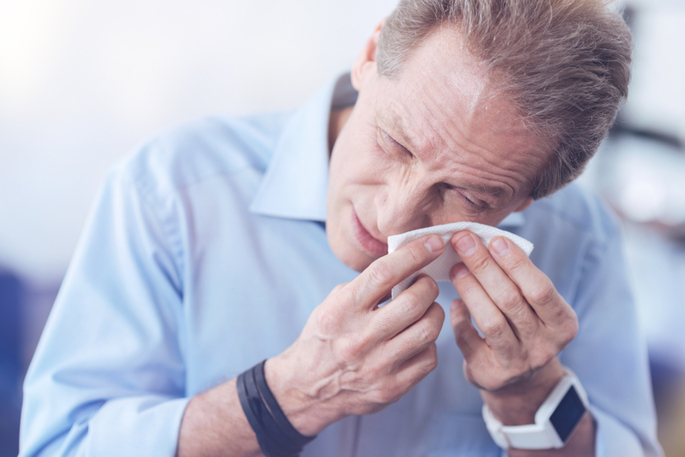Tearing is defined as an overproduction of tears. It may cause watery eyes for no apparent reason. The excessive tears may fill your eyes and even run down your cheeks. You may look like you are crying when you are not. Watery eyes is a good sign there may be something else wrong.
Tears are your body’s way of keeping your eyes nourished and lubricated. When you blink, your eyes get washed with tears, which come from your tear glands. If these glands get blocked or irritated, your eye may produce extra tears to clear the block or irritation.
The main causes of watery eyes are:
- Dry eye syndrome – this may seem counterproductive but when your eyes get too dry, your body is prompted to over-produce tears. However, these tears are low in water, which may contribute to blurred vision, burning or itchy eyes. There are several causes for dry eye syndrome, but the most common cause is keratoconjunctivitis sicca (KCS) a chronic condition. Since dry eyes are more common in older people. Our specialist will examine the cause of your dry eyes and determine the best remedy.
- Infections – one response from your body to an eye infection is to produce too many tears. This is supposed to wash away discharge, germs and keep the eye lubricated. Two common infections are blepharitis, the infection of the eyelids and conjunctivitis or pink eye, the infection of the clear membrane that covers most of the eyeball. The main symptoms of conjunctivitis are redness, a gritty feeling, blurred vision along with eye discharge and crusts that form at night.
- Blocked tear ducts – this cause is not common and may occur because of an infection that spreads to the lacrimal duct from the nose.
- Droopy eyelids – called ectropion, which occurs when the lower eyelid pulls away from the eyeball. It may result in dry and burning eyes prompting the eye to over-produce tears.
- Corneal abrasion – which may be a small scratch on your cornea.
Additional Symptoms
Some of the symptoms that often accompany watery eyes are inflammation or infection, runny nose, sneezing, vision impairment, swelling and redness.
It is important to get the right treatment for tearing, which is why you shouldn’t try to diagnose or treat watery eyes yourself. Our specialist will examine your eyes and diagnose the cause for the distress. Treatments may include prescription or over-the-counter eye drops, medication or surgery. The correct treatment may be prescribed to treat the cause or reduce the symptoms. Contact Springs Aesthetics, located in Colorado Springs, CO, today to schedule your consultation!

